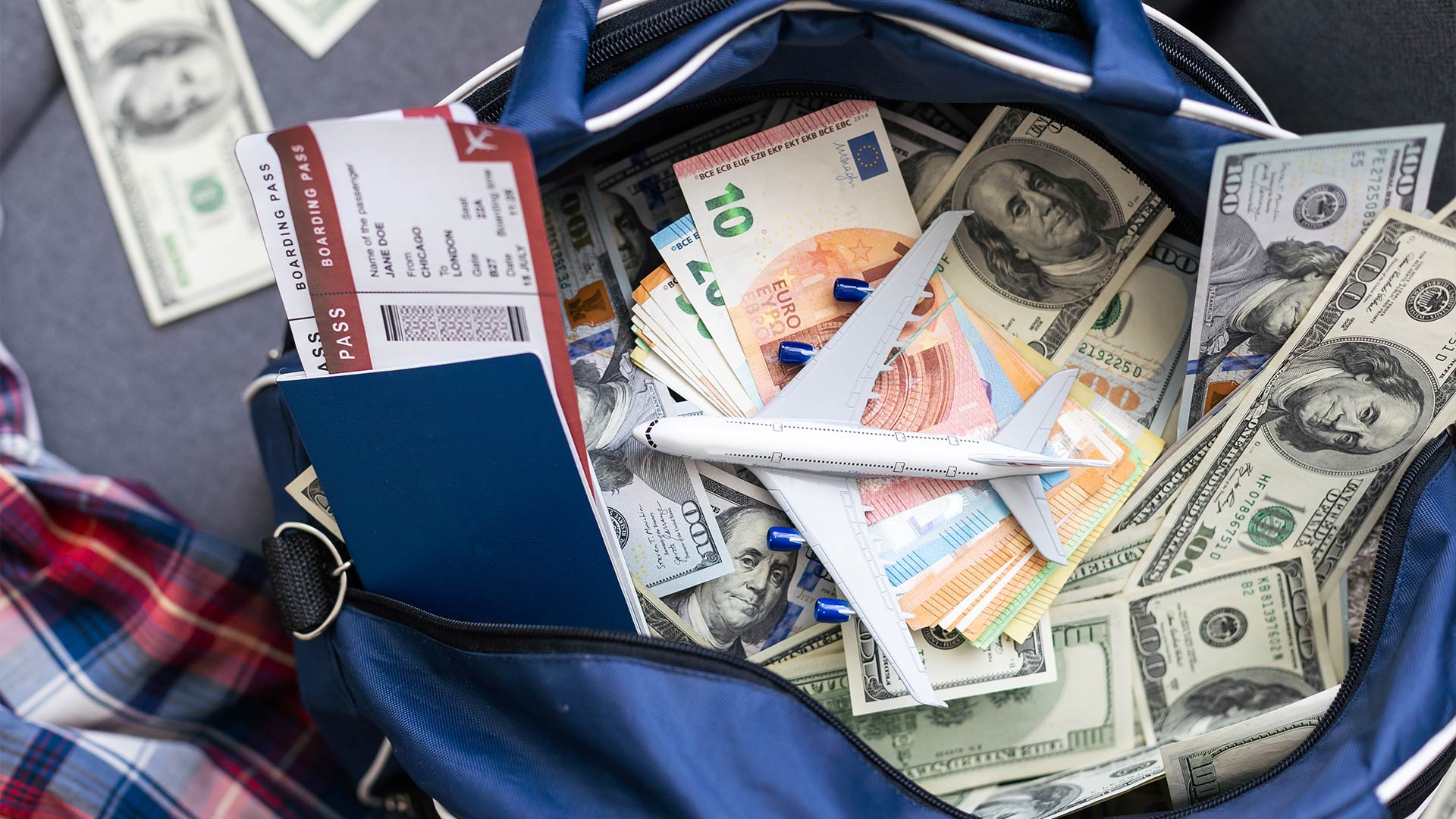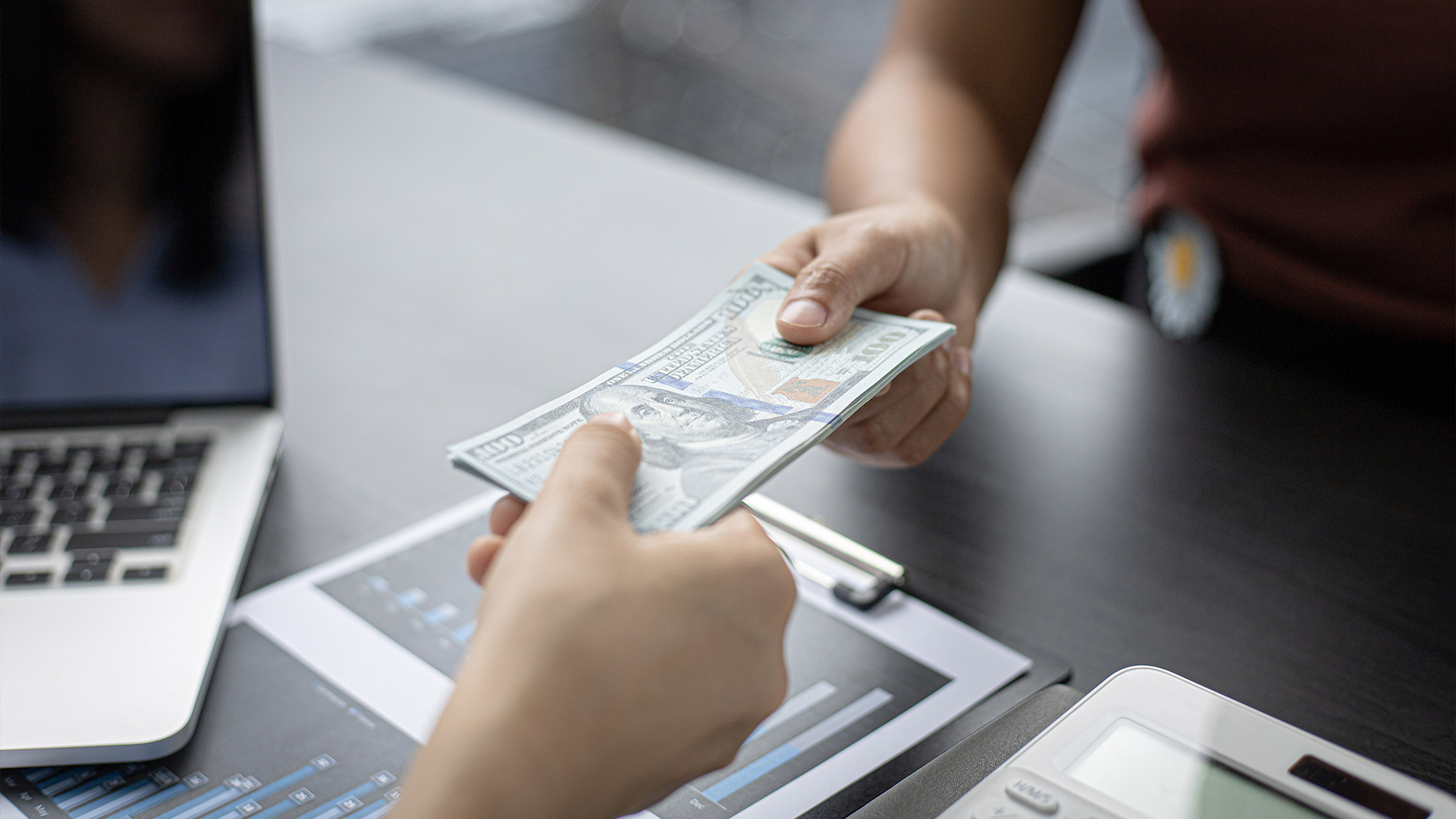How to Avoid ATM Fees While Traveling in the U.S.

ATM fees can quickly add up when you're traveling in the United States, especially if you're using foreign-issued debit cards or withdrawing cash outside your bank’s network. Whether you're visiting for a week or several months, understanding how to minimize or completely avoid these extra charges can save you significant money.
This guide provides practical, non-generic strategies to help you avoid ATM fees in the U.S., based on the real structure of American banking and retail practices.
💸 Understanding U.S. ATM Fees
When withdrawing cash in the U.S., you may encounter three types of ATM-related fees:
- Operator Fee – Charged by the bank or company that owns the ATM (e.g., "You will be charged $3.50 for this transaction").
- Issuer Fee – Charged by your own bank for using an out-of-network ATM.
- Foreign Transaction Fee – If your card is issued by a non-U.S. bank, there may be an extra conversion or usage fee.
🏦 Tip 1: Use ATM Networks with Fee Partnerships
Many major U.S. banks are part of ATM alliances that waive operator fees for customers of partner banks.
Recommended Networks
- Allpoint: Over 55,000 fee-free ATMs, located in CVS, Walgreens, Target, etc.
- MoneyPass: Over 40,000 machines, often found in smaller banks or credit unions.
- CO-OP Network: Used by credit unions across the U.S.
How to Benefit:
- Use the ATM locator on each network’s website or app.
- Some foreign banks partner with U.S. banks (e.g., Deutsche Bank with Bank of America), allowing fee-free withdrawals.
🌍 Tip 2: Choose Travel-Friendly Debit Cards
Some banks offer no-fee international ATM withdrawals, or reimburse ATM fees entirely.
Top Debit Cards for Travelers:
Tip: Apply for one of these accounts before your trip. Many are free to open and manage online.
🏪 Tip 3: Withdraw at Stores Instead of ATMs (Cashback)
One of the most overlooked fee-free methods in the U.S. is cashback at point-of-sale.
How It Works:
- When making a debit card purchase at stores like Walmart, Walgreens, CVS, or grocery chains, you can request cash back at checkout.
- You’re charged no fee for this, and the amount is debited directly from your account.
Typical Limits:
- $20–$100 per transaction depending on the store.
🧭 Tip 4: Plan Withdrawals Strategically
Frequent small withdrawals = more fees. One smart tactic is to withdraw larger amounts less often to reduce how many fees you incur.
Example:
- 5 withdrawals of $40 with $7 in fees each = $35 in fees.
- 1 withdrawal of $200 with a single $7 fee = $7 total.
📱 Tip 5: Use Mobile Wallets to Minimize Cash Needs
Avoid ATMs altogether by using Apple Pay, Google Pay, or Samsung Pay, which are widely accepted across the U.S., even in taxis, convenience stores, and vending machines.
Benefits:
- Secure contactless payments.
- Linked to your travel card or bank.
- Reduce the need to carry cash.
🔐 Tip 6: Watch Out for DCC (Dynamic Currency Conversion)
When withdrawing cash with an international card, some U.S. ATMs may ask: “Would you like to be charged in your home currency?”
Always choose “No” or “Charge in USD” to avoid unfavorable conversion rates. DCC usually adds 3–10% in hidden fees.
🚫 Tip 7: Avoid These ATM Locations
High-fee machines are often found in:
- Tourist areas (Times Square, theme parks, airports)
- Bars, clubs, convenience stores (e.g., ATMs labeled “Cardtronics” or “Euronet”)
Tip: If the ATM isn’t branded by a bank (e.g., Chase, Wells Fargo), avoid it unless it’s your only option.
🔁 Sample Withdrawal Scenario (Good vs. Bad)
✅ Final Takeaways
With just a bit of planning, you can entirely avoid ATM fees while traveling in the U.S. Combine smart card choices with savvy withdrawal locations, and your money will go further — exactly where you want it to.


